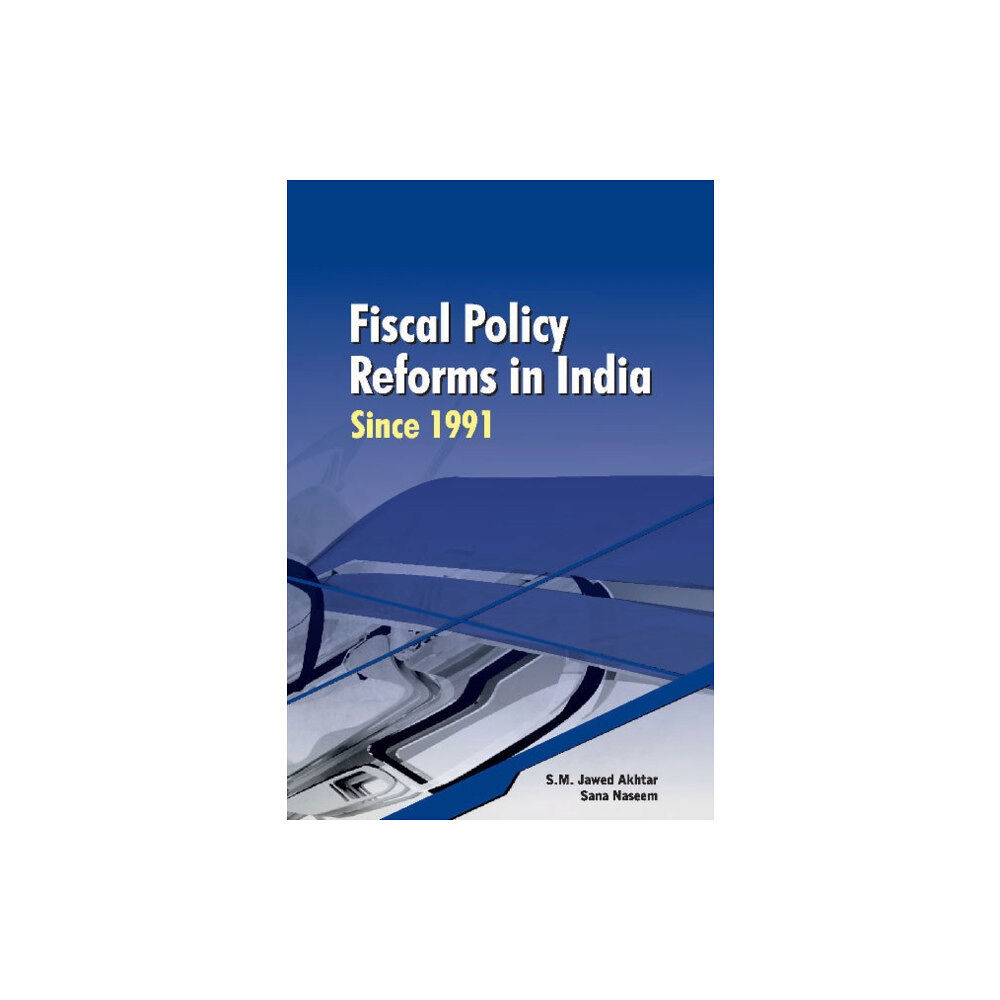The external payments crisis of 1991 -- which led to the initiation of economic reforms in India -- as the result of deteriorating fiscal situation during the latter half of 1980s. Fiscal imbalance was identified as the underlying cause of the twin problems of inflation and the difficult balance of payments position.
Hence, fiscal consolidation constituted a major objective of the policy response. This consolidation was planned to be achieved through reduction in the size of budget deficit and public debt in relation to Gross Domestic Product (GDP). For this purpose, it became necessary to: (a) enhance tax and non-tax revenue, (b) curtail current expenditure growth, (c) restructure public sector undertakings, including disinvestment, (d) improve fiscal-monetary co-ordination, and (e) deregulate financial system.
The need for improvements in budgetary practices led to the enactment of the Fiscal Responsibility and Budget Management (FRBM) Act, 2003 which ushered the Indian economy in an era of fiscal consolidation based on fiscal policy rules. This book provides a vivid account and analysis of reforms in India''s fiscal policy during the post-liberalisation (1991 onwards) period.
| Format |
Inbunden |
| Omfång |
264 sidor |
| Språk |
Engelska |
| Förlag |
New Century Publications |
| Utgivningsdatum |
2013-06-17 |
| ISBN |
9788177083460 |

